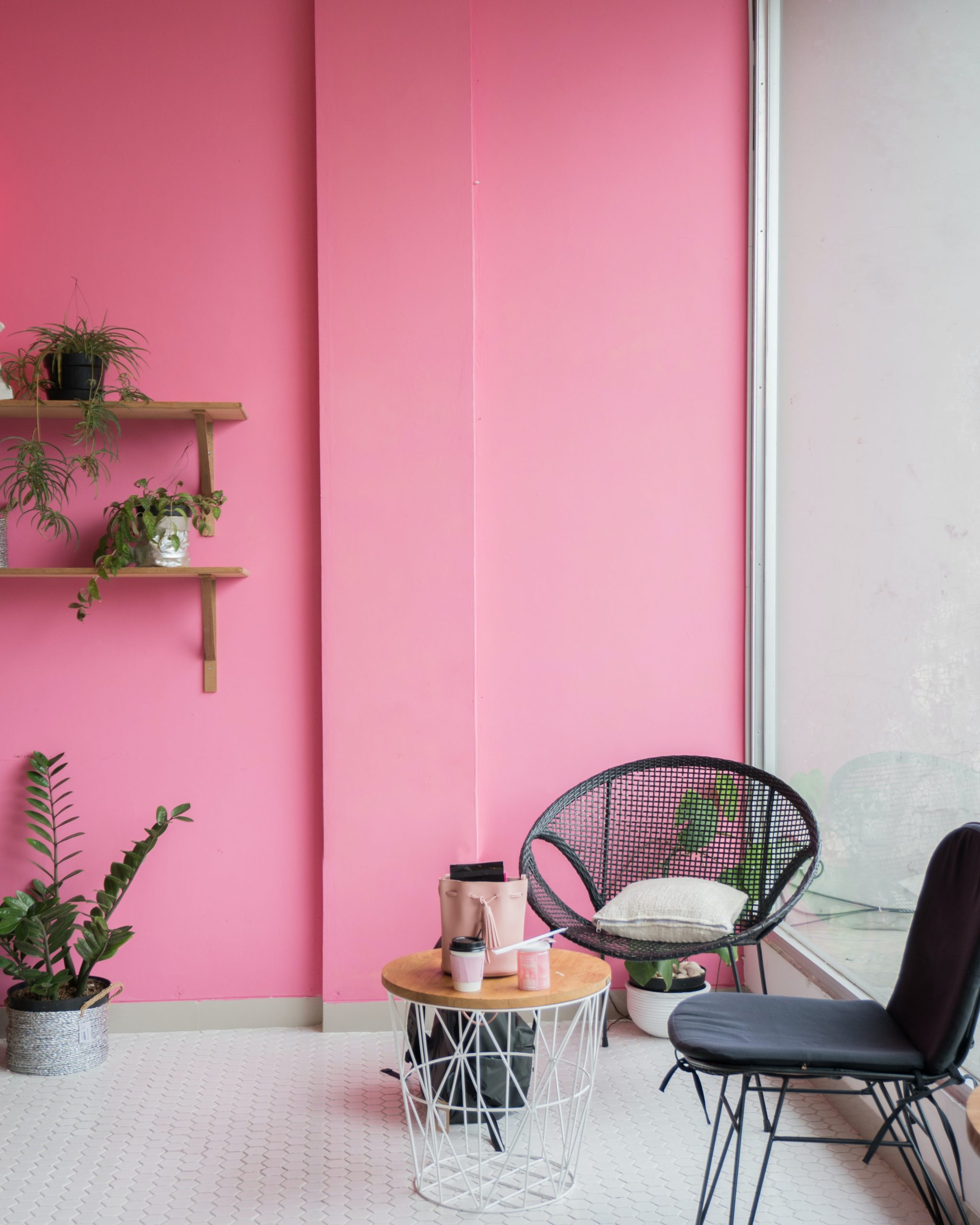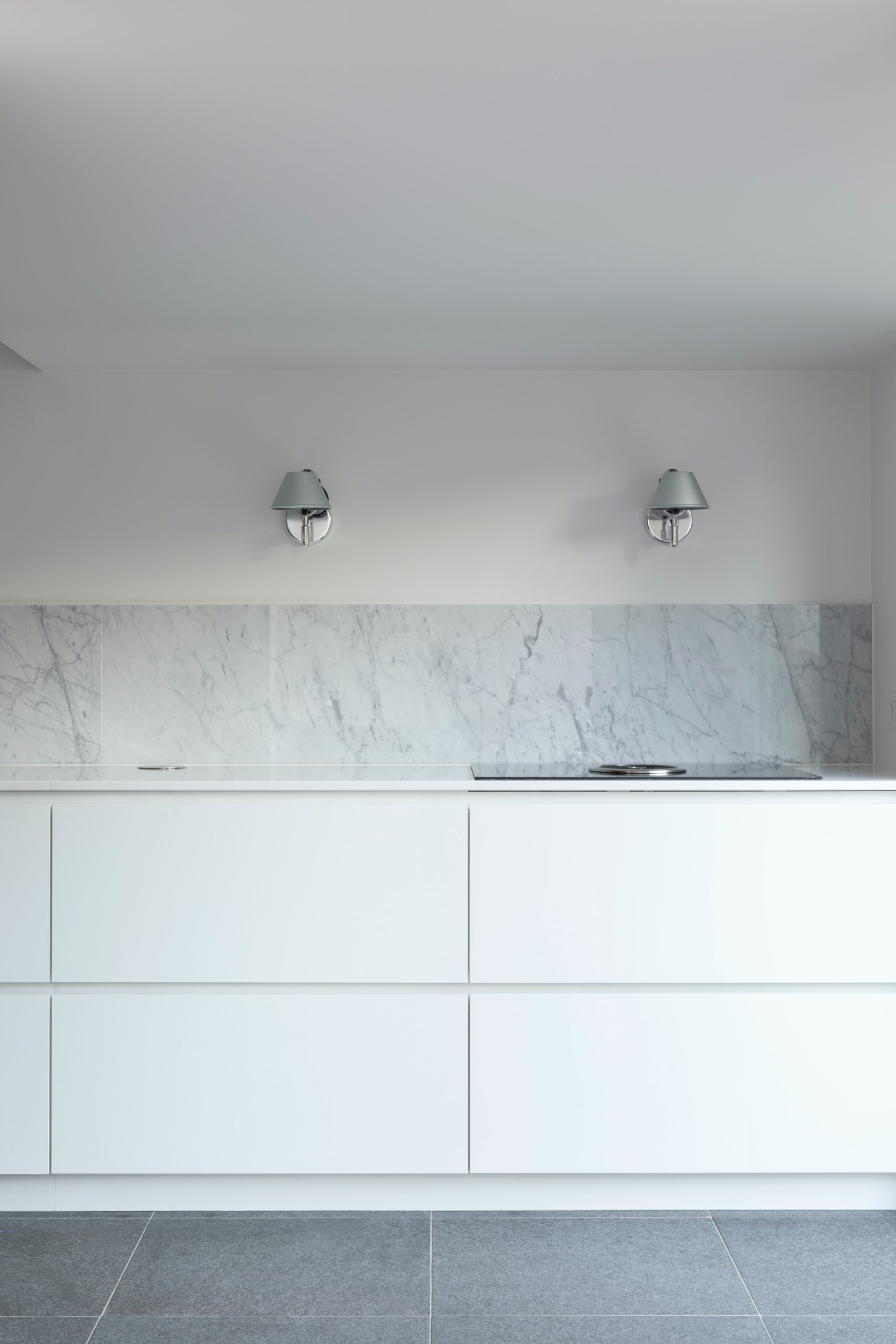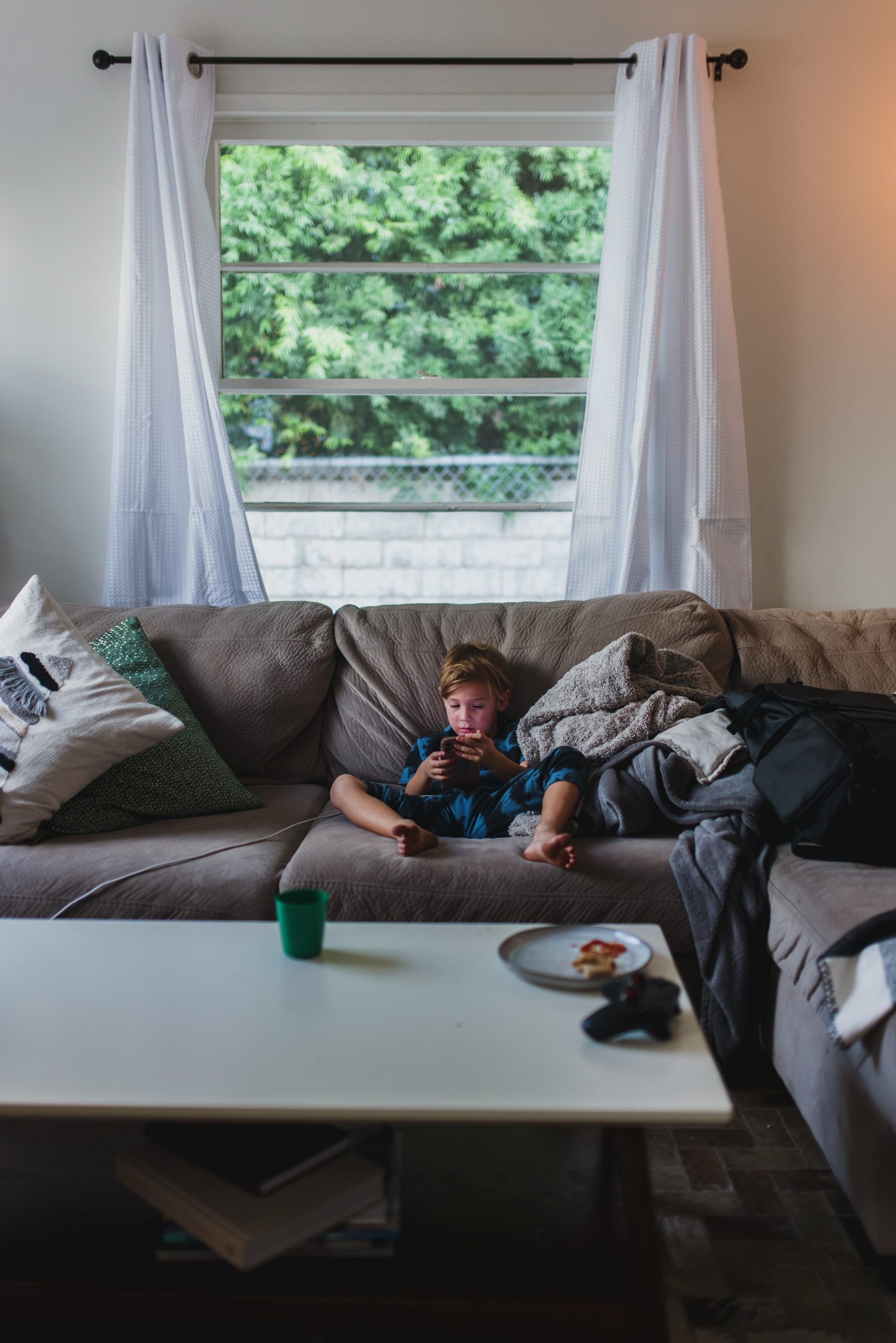Most people agree that when you’re planning to sell your home, it’s a good idea for it to look its best. Of course, making sure the home is clean, the yard is in order, and there are no glaring defects to distract buyers from the beauty of your home are all important parts of achieving this goal.
Home staging, however, is an entirely different process. When done well, it involves elements of design, fashion, story telling, and even a bit of illusion here and there. As Realtors, our goal is to inspire a buyer to envision themselves living their best life in your home, enjoying the lifestyle that the property and its location can provide to them. When successful, staging will motivate buyers to write offers quickly, often for more money than they would have otherwise considered.
Staging can be quite the investment of time, energy, and money. To help you protect that investment, we’d like to share with you a handful of common mistakes people make when selling their home, creating “turn-offs” for buyers, hurting their market value despite their best efforts.

Making it personal
Whether you’ve been in your house for a year or twenty years, it feels like HOME to you. Most of the good feelings you have for the property come from memories you’ve made while living there. Most people feel that sharing these good feelings is the way to inspire buyers and sell quickly.
Unfortunately, this is not necessarily the best approach. Remember, our goal is to inspire buyers to imagine. A home filled with very personal items that reflect your individual style, no matter how interesting or beautiful they may be, can make it difficult for buyers picture how THEY will live in the home. In fact, the more interesting your personal decor, the more distracting it can be when potential buyers come to see the home.
While it’s important to give people an idea of how certain parts of the home can be enjoyed and utilized, it’s best to keep the actual decor fairly neutral, presenting a blank canvas for them to imagine their own furniture, paintings, or decor. You may be proud of your guitar collection, but will it help to sell the house, or become a distraction? We recommend that you err on the side of packing up your collection and getting it ready for your upcoming move.

Going big and bold
We all have our favorite colors, don’t we? Painting a bedroom your favorite shade of midnight blue may be relaxing to YOU, but how will it look to someone who favors something a bit more conservative? When preparing your home for sale, it’s best to consider more neutral tones throughout the home. All buyers are smart enough to know they can paint that bedroom when they move in, but a color they don’t favor can get in the way of the emotional connection you want them to make. Sure, they may not love beige or the latest fashionable color of grey, but at least those colors aren’t going to put someone off. You can make up for the neutrality of your paints with smaller gestures like accent pillows or window treatments.
It’s probably a good idea to extend this concept to other design elements as well, including furniture. A designer chair shaped like a hand, or a table made from an old door may be interesting to some, but we’d rather have buyers focus on the home’s flow, lighting, and quality than your decorating choices.

Getting TOO minimal
While showing homes to our buyer clients, we’ve seen our share of vacant homes. No furniture at all. No decor. Not even a rug on the floor. This is just asking TOO much of some people’s imagination. The purpose of staging is to provide gentle hints about how a home can be used and enjoyed. A magazine on the end table, a child’s backpack hanging in the mudroom, or a pair of coffee cups in the sun room are all subtle gestures to guide the buyer’s mind to a satisfying and comfortable feeling about the home’s layout and design. Skipping these elements, even if there is well-arranged furniture in the home, can mean a missed opportunity to make a connection with buyers.

Forgetting scale
The way we live in a house is not the way we sell a house. While you’re living in a home, you want comfort, convenience, reminders of the things that are important to you, and utility. Your sense of aesthetic is completely different from a person trying to imagine THEIR life in your home. If you have a family of 6 living in a 2,000sqft home, it will make sense for you to have a large sectional in the living room. You need enough room for everyone to sit during the Packer game! Without that sectional, people are going to be sitting on the floor!
We all know what that sectional does to the living room, don’t we? Bigger furniture naturally will make a room feel smaller. While it may feel cozy and comfortable to YOU because it’s your home, that’s just not how a stranger sees it. A potential buyer feels cramped, constrained, and uncomfortable when the furniture takes up too much space. Often, oversized furniture will also upset the flow through the home, blocking a window, pathway, or even a door. Buyers want a home that makes SENSE, and constricting walkways, sightlines, or doorways can create an uneasy feeling. Many times, larger furniture can be removed altogether and a home can be staged effectively with what remains. A loveseat with a coffee table tells the story just fine on its own sometimes, and the room will feel bigger too! As a bonus benefit, a well staged room will often have better lighting, since oversized furniture can cast shadows and block light in ways that may give your room a dark and heavy feel.

Not smelling great
Put your nose into a glass of wine, or take a deep breath outside after a rainstorm- doubtless your mind will be triggered with memories and emotion. The sense of smell is perhaps the most direct route to the subconscious mind. If you want to connect with people’s emotions, why would you neglect this important part of their experience?
There are good smells and there are bad smells. Let’s tackle the latter first. Pet scents, strong food odors, and of course cigarette smoke are all sure-fire ways to turn off a buyer before they get two steps into the home. We have had buyers refuse to spend more than 30 seconds in a home after catching a negative smell when they walked in the door. Painting your walls, cleaning furniture and carpets, and having your HVAC system can go a long way toward neutralizing bad smells. If you have very stubborn smells, you may consider the use of an ozone machine, which creates O3 (ozone) which can permanently remove odors. Be careful to follow directions and instructions for an ozone generator, as O3 is dangerous in high concentrations. Humans, pets, and even plants should be out of the house during the treatment period to avoid the serious risks associated with exposure. Ventilate the home well after treatment, according to the manufacturer’s recommendations.
On to the other smells- the good ones! First, never try to cover up bad smells with good ones. It just doesn’t work. Spritzing on a little perfume after a workout doesn’t work either! Be sure the home is free of bad odors before introducing a signature scent. There are a few options for making a home smell great. Going the natural route, flowers are very nice, and can make a space smell wonderful, but they aren’t a long-term solution, since they’ll need to be replaced every few days to remain fresh. For a high-end home, floral arrangements may be a good idea for an open house or for the first day or two on the market, but beyond that it can become quite expensive. Diffusers, room sprays, or even simple air fresheners can be used to great effect. Let’s go back to an earlier topic- going big and bold. Nobody enjoys an overwhelming scent, no matter how fresh or flowery it is. It’s best to be subtle and gentle with your choices here. Remember- attract, don’t distract.
Summary
We often tell our clients who are selling their homes: “You are now a store owner. You have one product on the shelf. We have only one chance to make a connection. Don’t waste it!”
Staging is all about making a connection with potential buyers, inspiring them to fall in love with the home and write a strong offers. It may help some to start transitioning their mindset about the property, beginning to think of it as someone ELSE’S house. A little discomfort and inconvenience is almost guaranteed. It’s hard to keep a home clean, organized, and clutter-free for a few days, much less weeks at a time. Keeping focused on the end goal will make it all worthwhile. Avoid the mistakes above, and your staging efforts will be sure to maximize your results!


 Facebook
Facebook
 X
X
 Pinterest
Pinterest
 Copy Link
Copy Link